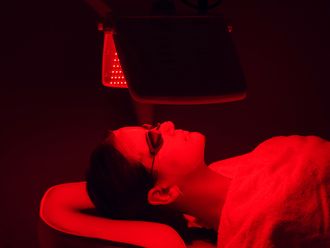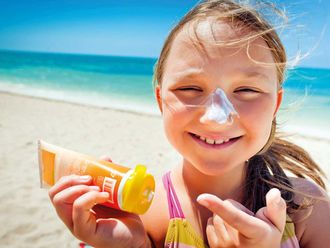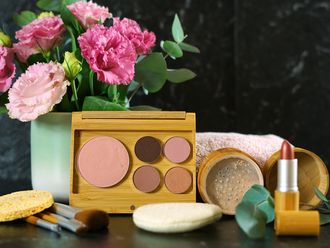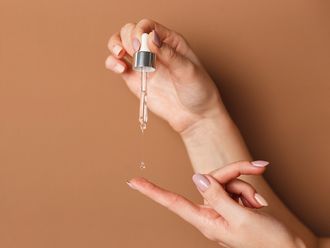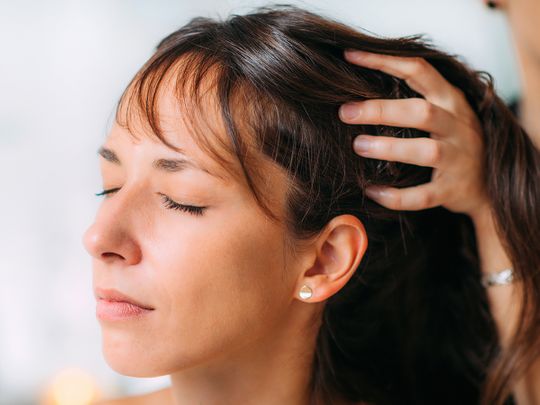
A little oil can go a long way.
You would have been oiling your hair for years. It’s probably a routine that comes as naturally to you like washing your face, when you wake up in the morning. However, it’s time to remind yourself why you oil your hair, and more importantly, have you been doing it right?
A good, solid scalp massage benefits your blood circulation. Apart from being relaxing and letting you unwind, it also helps your hair growth. But first of all, before anything else - remember to be gentle. Sometimes a thorough hair massage can lead to a lot of breakage of strands. Make sure your hair isn’t tangled during the process as well, as it can lead to strands being pulled out from the follicles.
Don’t worry, the process is simple. Here’s what the experts say.
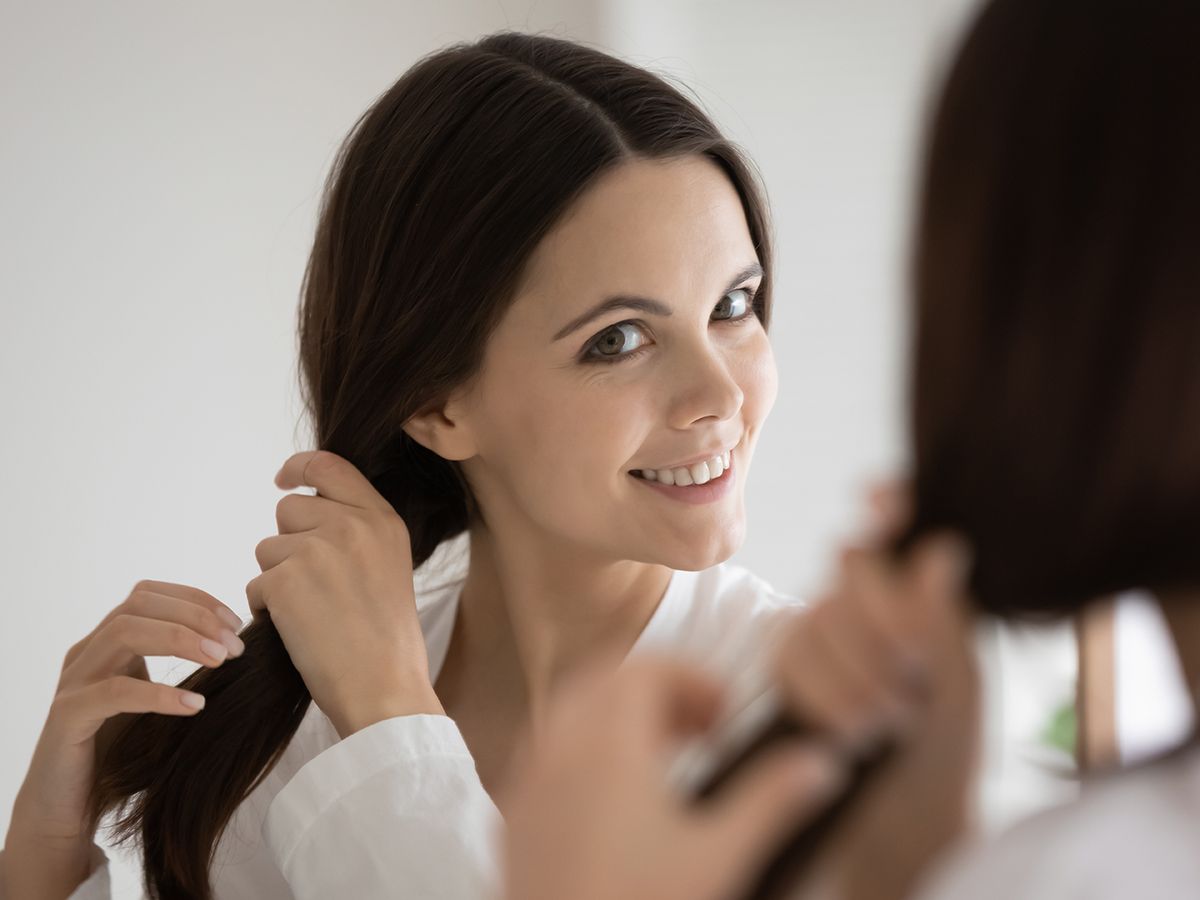
What is the right way to oil hair?
For starters, choose your oil carefully. Different oils have varying vitamins. Consult with a trichologist or a dermatologist, if you are unsure of what to use. Do a test run as well, to make sure you aren’t allergic to the chosen oil.
When you’ve selected the oil, you need to ensure the correct method of application to your hair. Warm it properly, and be careful about overheating, else you’ll burn your scalp.
Look for the pressure points, says Fazeela Abbasi, dermatologist at Euromed Clinic Dubai. Pressure points are part of the body that are considered extra sensitive, which ensure relief when stimulated. When it comes to oiling your hair, use your thumb and forefinger to apply pressure at the front anterior part of the skull, which has many pressure points. Use your fingertips to apply light medium pressure to your scalp, and move in small circles. Slowly, you can work your way across the scalp to make sure all areas are covered.
Other pressure points include the point between your eyebrows, where the bridge of your nose meets your forehead. Doing this, can also relieve headaches that are caused by eyestrain and sinus pressure, according to Healthline. “Oiling your scalp ensures an efficient lymphatic drainage and enhanced circulation,” she says. “It leads to cellular rejuvenation of both the hair cells and the skin cells.” This will help in growing healthy hair.
You need to take your chosen oil and apply it on your scalp, before massaging it with fingertips in a circular motion, says Fadi Haddad, dermatologist at Dr Kayle Aesthetic Clinic Dubai. “The excess oil on your palms can then be distributed along the hair length, especially important for those with long hair prone to dryness,” he adds. Section your hair, so that it is easier to spread the oil evenly, advises Ilona Arebo, a hairstylist at WeNails, JBR.

Look for the pressure points on your scalp. This ensures an efficient lymphatic drainage and enhanced circulation. It leads to cellular rejuvenation of both the hair cells and the skin cells.
The amount of oil that you need, depends on the length of the hair as well as the oil you are using. Start with around two tablespoons of oil, and massage your hair strands carefully. Begin at the scalp first, and then proceed to the mid-length strands, to give it the moisture it requires. This is crucial, especially if you colour your hair. “I recommend applying it on dry hair, first on the scalp and then through to the ends,” adds Haddad. Don’t go overboard with your oil dosage, because you would have to wash it off with the same amount of shampoo. This could lead to dryness, which renders the whole process rather futile.
How long should you leave it on for?
It’s advisable to leave on for more than an hour, says Haddad. However, if you do not face any scalp issues but have extremely dry hair, then it’s best to leave it on overnight. “The next morning, shampoo your hair and then rinse thoroughly, following with conditioner as usual,” he adds. Use a sulfate shampoo to wash it out, says Abbasi.

The excess oil on your palms can then be distributed along the hair length, especially important for those with long hair prone to dryness
Regular oiling is enormously beneficial, it helps in reducing dryness and dandruff. Twice a week, is more than enough. “Some people may find that oiling their hair once a week is sufficient, while others may prefer to oil their hair more frequently. It's best to experiment and find a routine that works best for your hair and scalp,” says Arebo.
Good for your scalp, and your hair
Go back to your roots, literally.
When the scalp is massaged with oil, the dead skin and product residue is removed. “This ensures healthy hair growth and sometimes even a reduction in hair fall,” explains Haddad. Oils contain fatty acids that help replace the lipids in the hair that can be lost due to over-styling and harsh chemical treatments. “It also protects the hair follicles by filling the gaps between cuticle cells. So the follicles do not get clogged up,” he elaborates further.
These scalp massages stimulate the blood flow to the hair follicles. By focusing on the pressure points, you will also feel more relaxed. The tension reduces considerably too, adds Abbasi.
Moreover, it can help with lymphatic drainage, which removes toxins and the waste from cells. If the scalp is lubricated and well nourished, the chances of dandruff and an itchy scalp are lower.
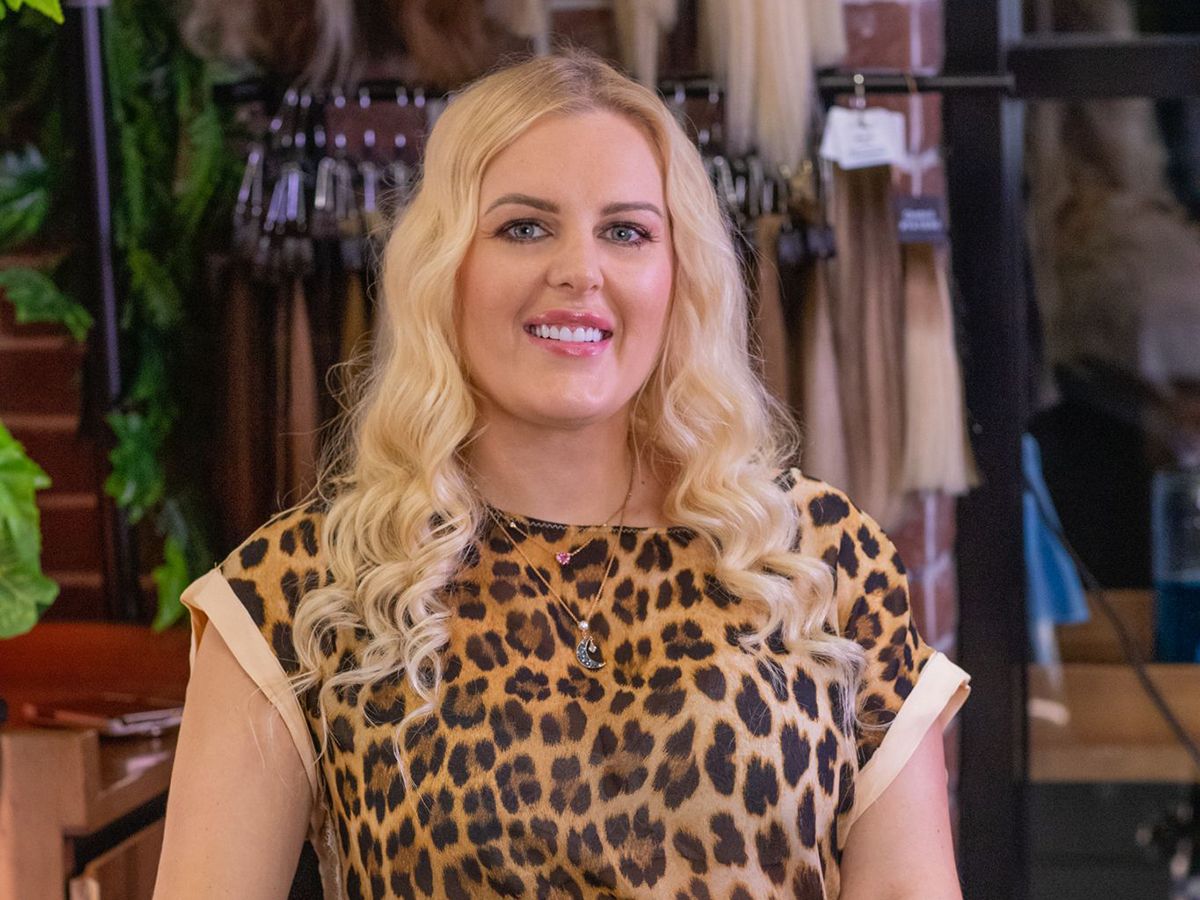
If your scalp is sweaty, it is best to not apply oil to it right away. “You want to reap the benefits of your hair oil, without having to deal with dirt trapped inside your pores,” says Arebo.
For the UAE…
There are different types of hair oils, including hot press and cold press oils. Hot press oil treatments for your hair include plant-based treatments, like Jojoba oil, coconut oil, argan oil, avocado oil, and olive oil. Here, the oil from the seeds is extracted at high temperatures. As a result, many nutrients get burnt away. On the other hand, cold oils, which are extracted from the same seeds, nuts, and fruits, contain fatty acids, fat-soluble vitamins like E and K, and antioxidants. In this case, they are not roasted at high temperatures and they retain the essential nutrients, and are richer in vitamins.
For instance, cold pressed virgin coconut oil is filled with different kinds of fatty acids, such as lauric acid, palmitic acid and oleic acid. It adds to the richness of the oil, and prevents the hair from tangling. It penetrates the hair shaft, seals the cuticle and protects your hair. So, there’s a less chance of breakage when your hair comes in contact with water. “Within the UAE, the best types of oils to use are the cold oils, owing to the climate, humidity and chlorine in the water,” explains Sonia Mansouri, the creative director of the Bariks Luxe Salon in Times Square Center, a beauty salon in Dubai.
A step-by-step guide on how to oil your hair, as explained by the experts
• Warm the oil to a comfortable temperature. Do not overheat it.
• Apply on oil your scalp, and massage with your fingertips in a circular motion
• Section your hair to make it easier to apply the oil evenly. You can use clips or hair ties to separate your hair into sections.
• With the remaining oil left on your palms, apply the rest on your hair. Proceed to the mid-length strands and then till the ends.
• Leave it on for two hours. If you are prone to an excessively dry and itchy scalp, leave it on for overnight.
• Shampoo the next morning and rinse thoroughly. Make sure no oil is left.
• You can use a conditioner too.



